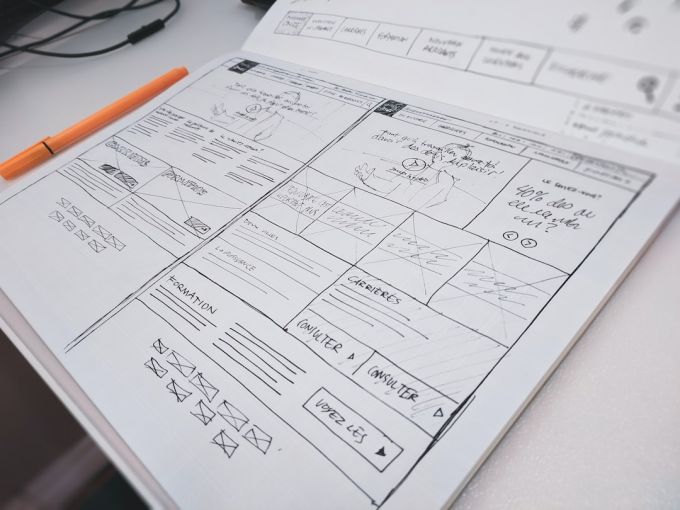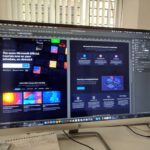As technology continues to advance at an unprecedented pace, the field of user interface (UI) and user experience (UX) design is also constantly evolving. In this fast-paced digital landscape, it’s essential for UI/UX designers to stay up-to-date with the latest trends and innovations. In this article, we will explore five key trends that are shaping the future of UI/UX design.
1. Voice User Interfaces (VUIs) are on the rise
With the increasing popularity of voice assistants like Siri, Alexa, and Google Assistant, voice user interfaces (VUIs) are becoming more prevalent. VUIs allow users to interact with devices and applications using spoken commands, eliminating the need for traditional touch or mouse inputs. As natural language processing technology continues to improve, VUIs are likely to become more sophisticated and intuitive. UI/UX designers will need to adapt their designs to accommodate voice commands, ensuring a seamless and intuitive user experience.
2. Augmented Reality (AR) is transforming user experiences
Augmented reality (AR) has gained significant traction in recent years, thanks to the success of applications like Pokémon Go and Snapchat filters. AR technology allows virtual elements to be overlaid onto the real world, creating immersive and interactive experiences. UI/UX designers are now exploring ways to integrate AR into user interfaces, enhancing the overall user experience. From virtual try-on experiences in the retail industry to interactive maps and navigation, AR has the potential to revolutionize how we interact with digital content.
3. Minimalistic and intuitive designs are becoming the norm
In an era of information overload, users are craving simplicity and ease of use. Minimalistic and intuitive designs are gaining popularity, as they prioritize clarity and functionality. UI/UX designers are focusing on decluttering interfaces, using clean lines, ample white space, and intuitive navigation. By removing unnecessary elements and streamlining the user journey, designers can create interfaces that are not only visually appealing but also highly efficient and user-friendly.
4. Gestural interfaces are replacing traditional inputs
With the rise of touchscreens, gestures have become an integral part of our daily interactions with digital devices. From swiping and pinching to tapping and scrolling, gestures allow for more natural and intuitive user experiences. As technology continues to evolve, we can expect to see more advanced gestural interfaces that recognize complex movements and gestures. UI/UX designers will need to consider these gestures when designing interfaces, ensuring that users can easily navigate and interact with the digital content.
5. Personalization and customization are key
In today’s digital landscape, users expect personalized experiences tailored to their preferences. UI/UX designers are leveraging artificial intelligence (AI) and machine learning algorithms to create highly personalized interfaces that adapt to individual users. By analyzing user data and behavior patterns, designers can deliver content and recommendations that are relevant and engaging. Personalization not only enhances the user experience but also helps businesses build stronger connections with their users.
In conclusion, the future of UI/UX design is set to be influenced by several significant trends. From the rise of voice user interfaces and augmented reality to the increasing demand for minimalistic designs and personalized experiences, UI/UX designers must embrace these trends to stay ahead of the curve. By understanding and implementing these innovations, designers can create interfaces that are not only visually appealing but also highly intuitive and user-friendly. As technology continues to advance, the field of UI/UX design will undoubtedly evolve, opening up new possibilities for creating exceptional user experiences.





